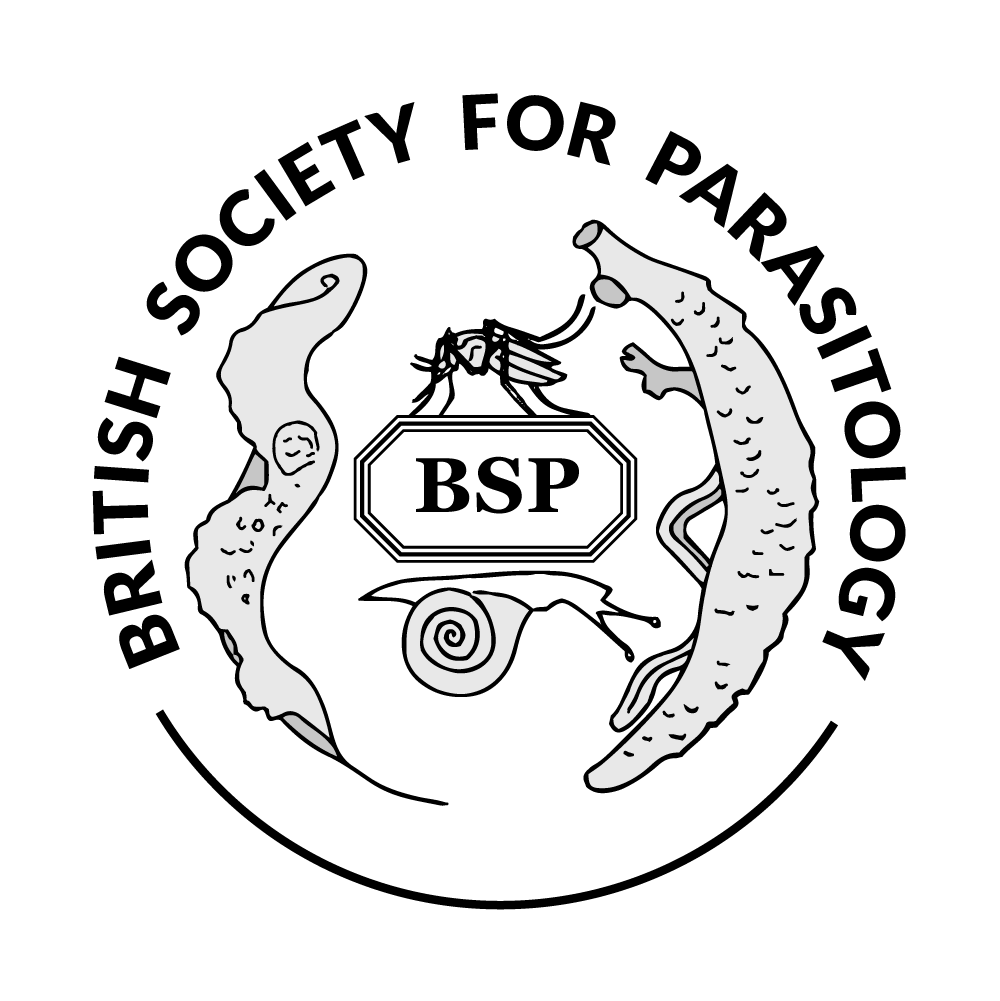

|
Poster
2 |
Developing Peptide-Mimetics for the Treatment of Cutaneous Leishmaniasis |
Leishmaniasis is a neglected tropical disease that is endemic in over 80 countries and caused by insect vector-borne protozoan parasites. Distinct Leishmania species can cause cutaneous leishmaniasis which leads to significant scaring and mucosal damage (mucocutaneous leishmaniasis) or visceral leishmaniasis that causes life-threatening organ damage. Most current treatments rely on drugs that have severe side-effects and emerging drug resistance could lead to ineffective theraputics in the near future. Antimicrobial peptides have been investigated as new compounds to treat CL. However, the intrinsic chemical and biological instability of peptides can present challenges. Recently we have shown for the first time that peptoids, peptide-mimetic molecules that have improved stability in vivo, are promising leads in the search for new anti-Leishmanial theraputics. We have identified potent compounds against the clinically relevant L. mexicana axenic amastigotes and significantly against Leishmania infected macrophages. Differential susceptibilities of the amastigotes and insect stage promastigotes to our peptoid library will be explained and the scope and limitations of these compounds as potential topical treatments for CL will be highlighted.